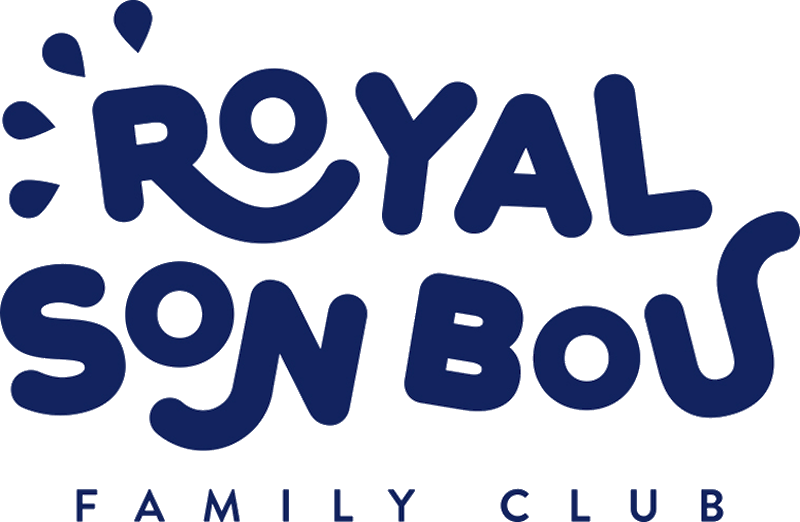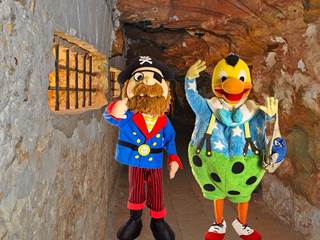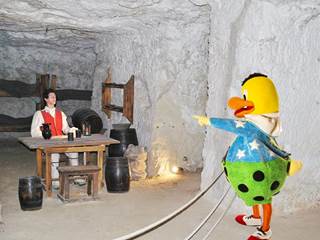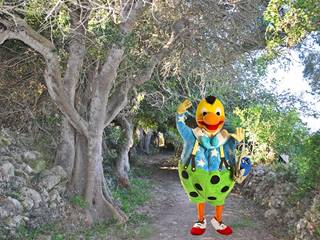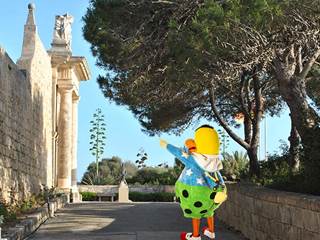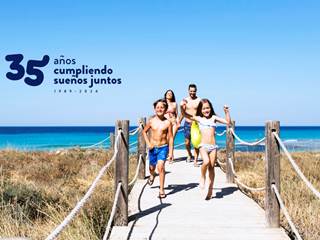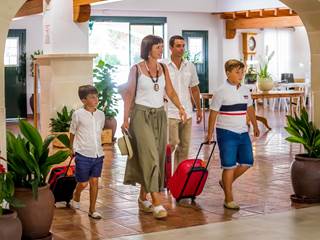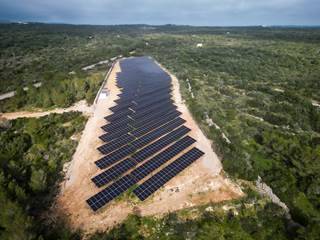Excursiones
An Egyptian god and houses build in a circle. Is Kiko really in Menorca?
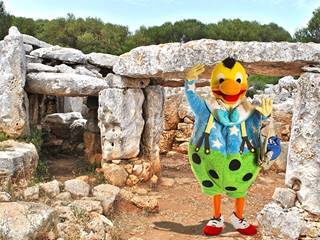
I'm going to visit the Talayotic village of Torre d'en Galmés. It is very close to Son Bou and I have promised Troglo and Dita that I will make many pictures so that they can see the houses where their ancestors lived.
Once upon a time, 3.600 years ago...
This is the largest Talayotic settlement in Menorca and one of the largest in the Balearic Islands. Archaeologists believe it was a very important place in its time, which was more than 3,600 years ago, because it was built on a hill from which you can almost see the entire south coast of Menorca.
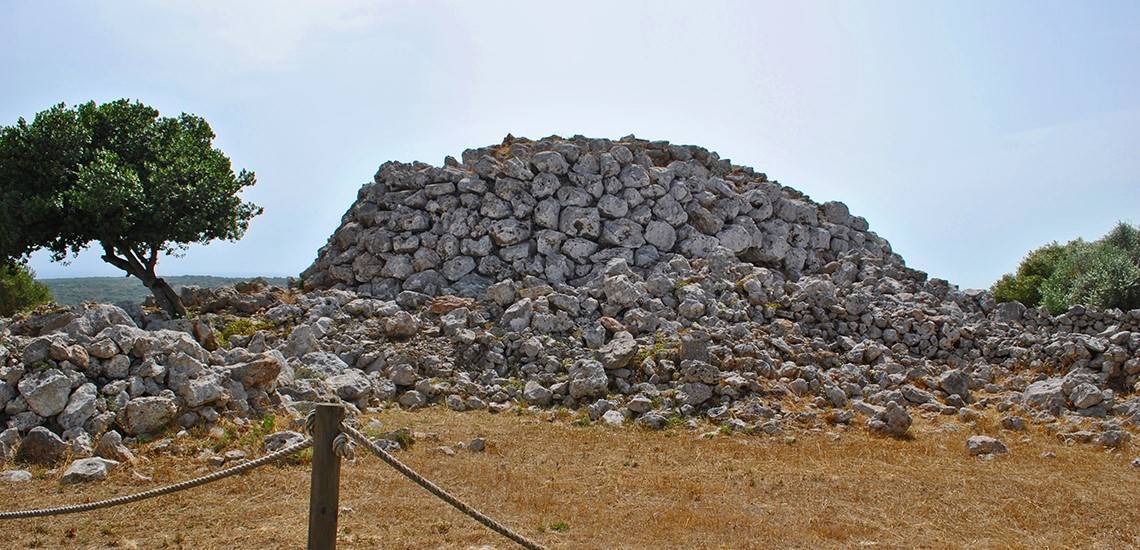 In the highest area on the hill you can see there are three Talayots. Remember we talked about them when we went to see the Trepucó village in Mahon? The inhabitants of these villages monitored the surroundings of the Talayots. The Torre d'en Galmés are not that tall. I remember Trepucó which was very impressive!
In the highest area on the hill you can see there are three Talayots. Remember we talked about them when we went to see the Trepucó village in Mahon? The inhabitants of these villages monitored the surroundings of the Talayots. The Torre d'en Galmés are not that tall. I remember Trepucó which was very impressive!
They did not know how to write
I kept on walking ahead. Everything is very well signposted. I arrived at a place where a sign indicates an enclosure Taula. I do not see any! Ah, here they explain us that the vertical stone of the Taula had fallen down.
The Taula enclosures where used to perform ceremonies to present offerings to the gods. Well, there is nothing written of that time because the Talayótics did not know how to write those days. All these stories are told by historians and archaeologists who have studied this matter.
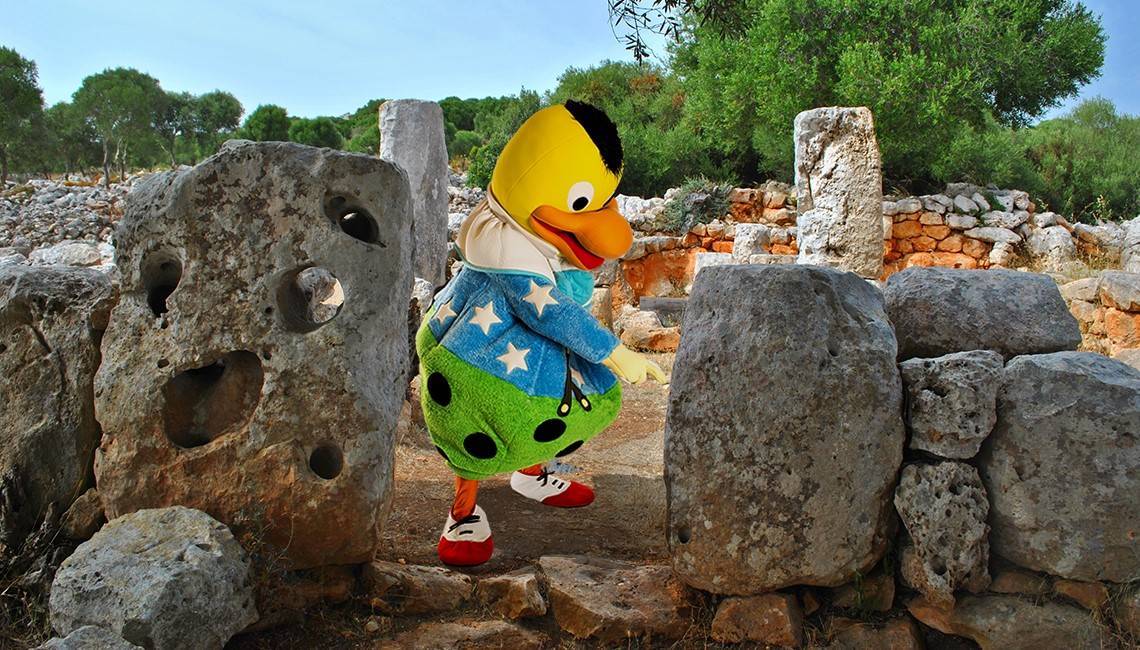 They say that, although they do not know what kind of rituals were being held here, they have found remains of animal bones and pieces of containers, such as amphorae, which may have contained wine. In the Taula enclosures there are also remnants of bonfires in which they could cook meat and other foods.
They say that, although they do not know what kind of rituals were being held here, they have found remains of animal bones and pieces of containers, such as amphorae, which may have contained wine. In the Taula enclosures there are also remnants of bonfires in which they could cook meat and other foods.
Egyptian god in Menorca?
One of the most interesting discoveries is that there was a small bronze figure found that represents Imhotep, the Egyptian god of medicine. What did a god of Egypt do in Menorca? Trade was very important for the Mediterranean’s at that time, so it is believed that he arrived on the island in one of the ships that came to exchange food and tools.
The figure is exposed in the Museum of Menorca. I think I'll be visiting soon to see it. It is very small, measures 18 centimeters, and despite its antiquity is very well preserved.
27 circles to live
I sat in the shade of the trees for a while. This place is very big and I want to see everything so before continuing I will have a rest. I have been told that a little further down there are the houses in which the Talayotics use to live.
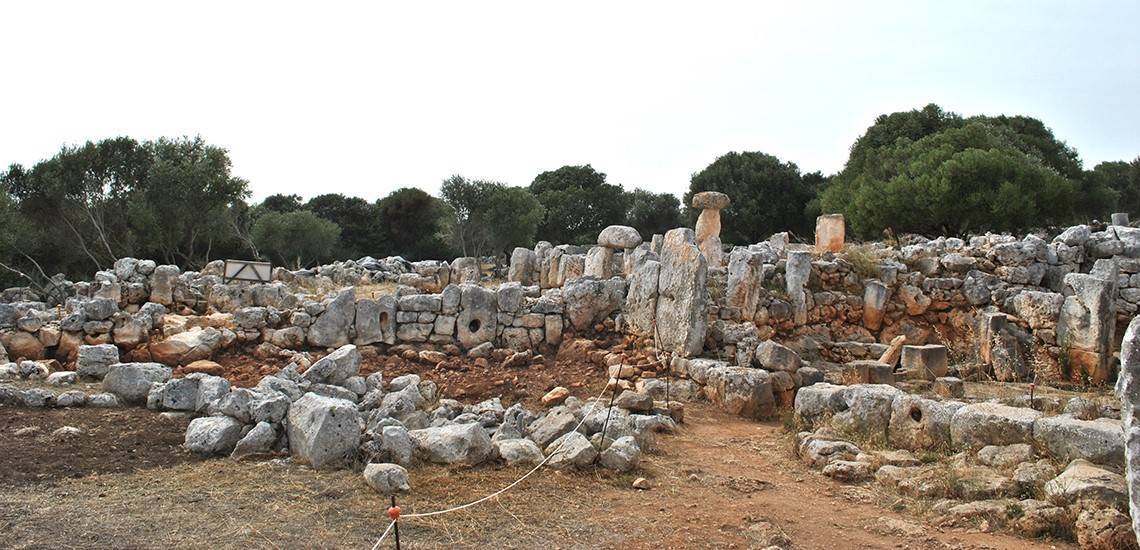 They are called circles. Strange is it not? They can only be found in Menorca. They have discovered 27 but believe there are some more. They are monumental houses built around 2,500 years ago with large stones. They have a central courtyard and around it there are several rooms. Other small buildings that are seen outside the patio make the whole set have an almost round shape to it.
They are called circles. Strange is it not? They can only be found in Menorca. They have discovered 27 but believe there are some more. They are monumental houses built around 2,500 years ago with large stones. They have a central courtyard and around it there are several rooms. Other small buildings that are seen outside the patio make the whole set have an almost round shape to it.
The Doghouse
It is very curious. When I think of the inhabitants of the prehistory, it seems to me that they lived very little organized, but it is not so. Here in Torre d'en Galmés, you can see that they had a very structured society. These "circle" houses are a good example of it.
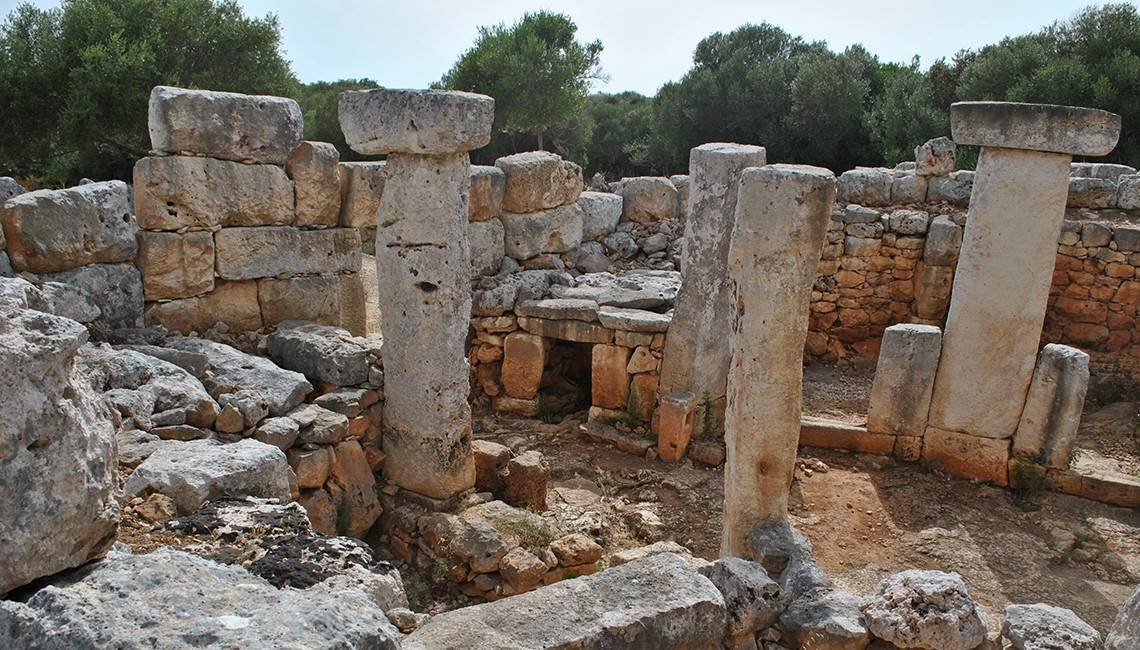 The inner courtyard has large vertical stones that look like small Taula´s that delimit the rooms:
The inner courtyard has large vertical stones that look like small Taula´s that delimit the rooms:
The kitchen, where were found remains of knives, mills and mortars.
A workshop, or work area, where it seems that they were engaged in making ceramic pieces and where they found sling bullets, a tool they used to hunt with.
The bedroom, where in addition to the bed there was a brazier on the floor.
And, on the sides, there are some small rooms where the dogs lived. Apparently they helped them to cattle, especially the sheep and goats. Same as now!
Taking advantage of rainwater
I'm amazed! This is all very interesting. It is estimated that about 900 people lived in this village and archaeologists, including a team from Boston University, dig each year to learn more about how they lived at that time.
Did you know they had a method to collect and take advantage of the rainwater? They had built a system of small holes in the ground that communicated through narrow channels and directed the water to cisterns that dug directly into the rock. Genius isn’t?
What did the Romans do with the talayots?
Almost 2000 years ago, the Romans came to Menorca and took advantage of these villages. Torre d'en Galmés was already unoccupied but they reused some of the houses built to live in them and from this beautiful place on the top of the hill they saw the Mediterranean Sea.
Menorca is a small island but has a great history. I would like to get to know more about the Island and see all the excavations that have been made. So I have decided! I'm going to go the Museum of Menorca. Will you join me?
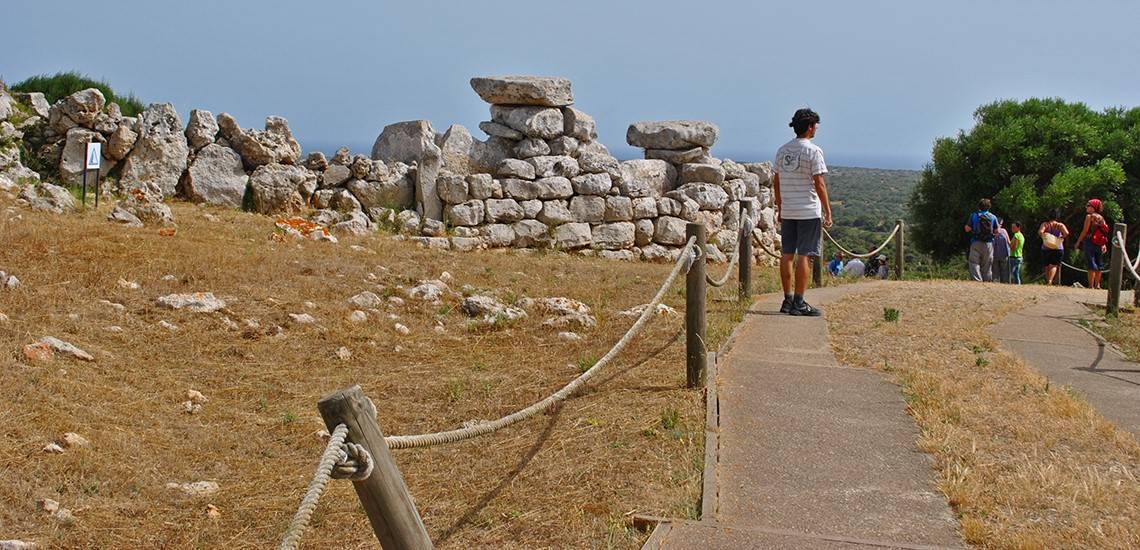 I think I'll wait a few days because at Club Kikoland they are waiting for me to come and eat. I also have to show them all the pictures I've made. I am sure that Troglo and Dita will love the circles. Have you seen these prehistoric houses yet? And the Talayots? How do you imagine the inhabitants of the Talayotic period use to live?
I think I'll wait a few days because at Club Kikoland they are waiting for me to come and eat. I also have to show them all the pictures I've made. I am sure that Troglo and Dita will love the circles. Have you seen these prehistoric houses yet? And the Talayots? How do you imagine the inhabitants of the Talayotic period use to live?
